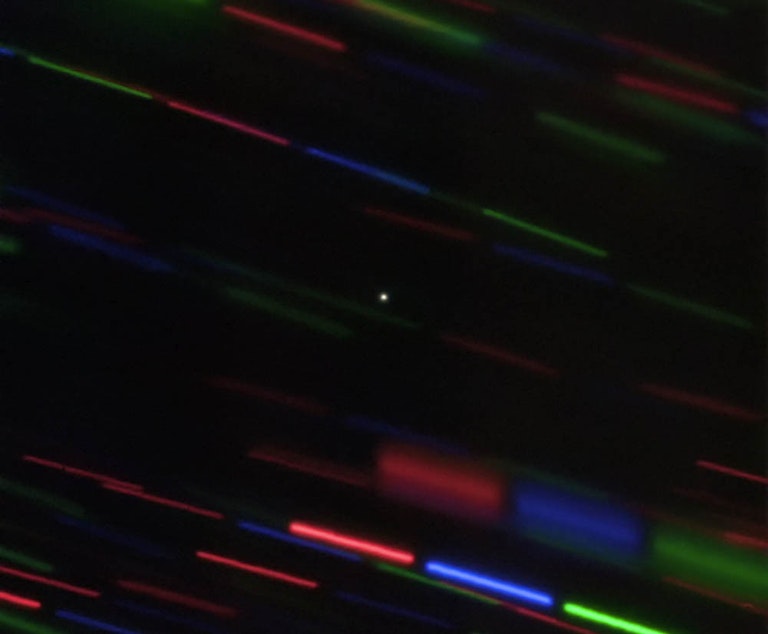Earth Snags A 'Mini-Moon' As Asteroid Is Ensnared In Orbit

Earth has a new mini-moon — but its days in orbit are numbered.
The “near-Earth asteroid” or “temporary captured object” has been orbiting our planet since 2017. The natural asteroid is thought to be about 12 feet across, or roughly the size of a car.
Astronomers in Arizona first observed the small object earlier this month, giving it the provisional name 2020 CD3.
Eric Christensen, director of the Catalina Sky Survey, a NASA-funded near-Earth asteroid search team based at The University of Arizona’s Lunar and Planetary Laboratory, says astronomers believe the mini-moon has been orbiting Earth for a few years.
It won’t be around for much longer though, he says, as the mini-moon is leaving Earth’s orbit and “returning to the sun-centered orbit from which it came.”
Sponsored
Using telescopes, he and his team are tasked with finding large objects in space that may pose a hazard to Earth or humans. He says the telescopes they use are so powerful, they can capture tinier objects such as the mini-moon.
The mini-moon may be small, but it could potentially become mighty: Christensen says the object has a “fairly elevated risk” — a 3% chance over the next 100 years — of coming into contact with the Earth.
Is mini-moon a rare phenomenon? Not quite, Christensen says.
“We believe that there’s a population of temporarily captured objects that are always coming and going,” he says. “Most of the predicted temporarily captured objects are a meter or smaller.”
Because mini-moon was a bit larger than ordinary temporarily captured objects, astronomers were partly able to detect mini-moon over other ordinary temporarily captured objects because of its size.
Sponsored
Since the mini-moon began in a heliocentric orbit around the sun, as it approached it, it’s orbit slowed. Influenced by the gravity of the Earth, sun and moon, the mini-moon had been “making a fairly chaotic orbit around the Earth for a couple of years now.”
That disorderly orbit causes instability on longer timelines, he says, which is why this mini-moon won’t be sticking around for long.
Chris Bentley produced and edited this interview for broadcast with Kathleen McKenna. Serena McMahon adapted it for the web.
This article was originally published on WBUR.org. [Copyright 2020 NPR]
